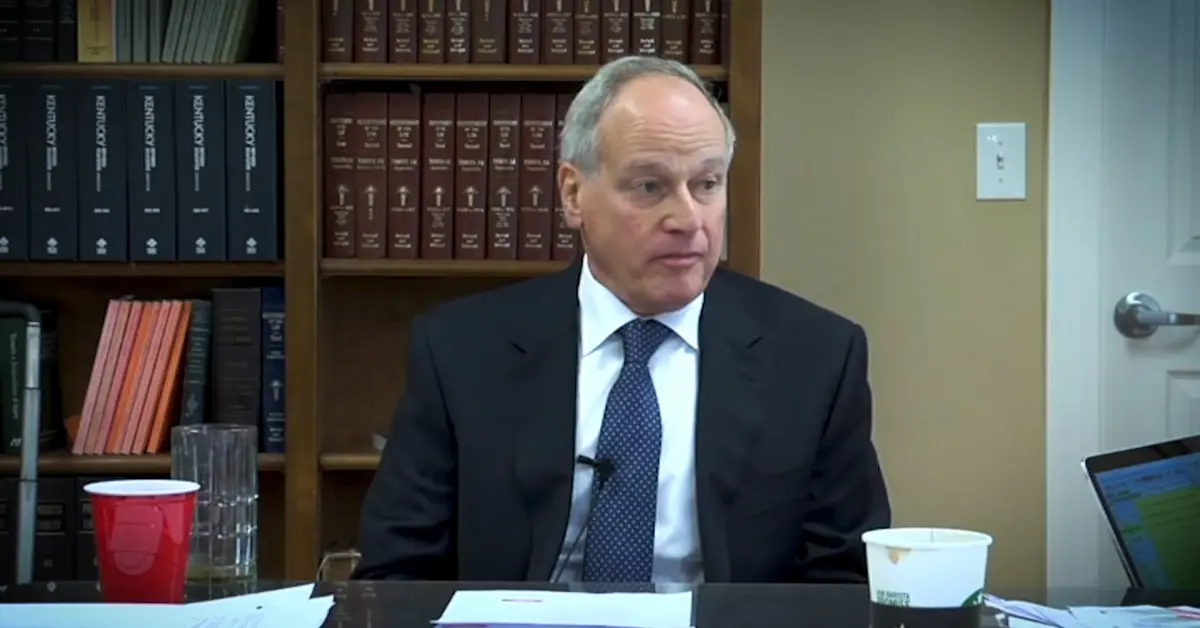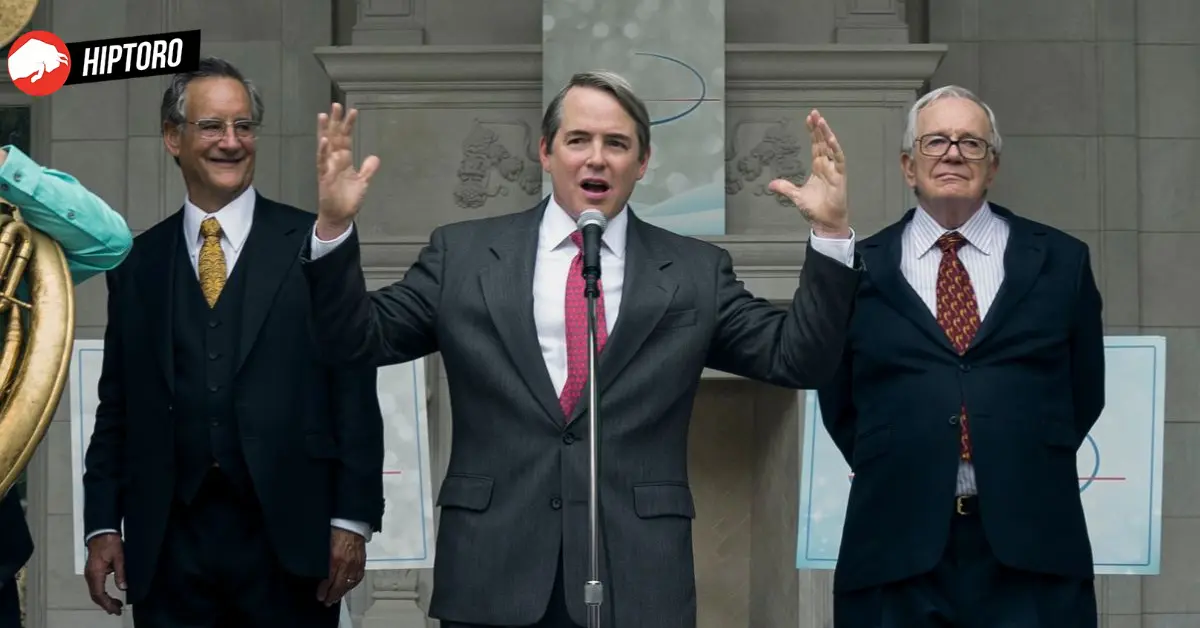Two TV series, Hulu’s “Dopesick” and Netflix’s “Painkiller,” have spotlighted the painful Purdue Pharma saga, a company responsible for the opioid crisis that has claimed countless lives across the US. But what about Richard Sackler, the person behind it all?
What is Netflix’s Painkiller About and Who Stars in It?
Hulu’s “Dopesick” and Netflix’s “Painkiller” aren’t just shows; they unravel the disturbing story of Purdue Pharma’s involvement in the opioid crisis. Hulu’s 2021 show featured Michael Keaton and Kaitlyn Dever, while Michael Stuhlbarg portrayed the real-life villain, Richard Sackler, the millionaire mastermind behind Purdue Pharma’s empire.
Now, Netflix’s series “Painkiller,” led by Matthew Broderick as the Sackler heir, has reignited curiosity about the case. This leads us to the question: What happened to the actual Richard Sackler after the “Painkiller” events? Where is he today?
Richard Sackler, aged 78, reportedly resides in a $1.7 million house in Boca Raton, Florida, after selling his $30 million home in 2018. Together with the remaining Sackler family, he’s entrenched in an ongoing bankruptcy battle tied to Purdue Pharma.
Purdue Pharma, the manufacturer of the highly addictive OxyContin marketed deceptively as a non-addictive pain reliever in the 1990s, has been bombarded with numerous lawsuits. Accused by individuals, states, and local governments, Purdue’s marketing practices allegedly fueled widespread addiction and death.

OxyContin raked in billions for the Sackler family until 2019, when Purdue filed for Chapter 11 bankruptcy as a settlement attempt amid the mounting lawsuits. The settlement involved relinquishing control of the company, transforming it into a public trust.
However, the saga continues, entangled in complexities. In June this year, the US Second Circuit Court of Appeals okayed a $6 billion deal in which the Sacklers, including Richard, were ordered to pay over half of their wealth to combat the opioid crisis. This deal aimed to move the bankruptcy proceedings forward, while critics worried it shielded the Sacklers from future lawsuits.
Taking all factors into account, the Supreme Court recently blocked the $6 billion settlement, scheduling a hearing for December. The decision hinges on whether the Purdue bankruptcy case absolves the Sacklers from future lawsuits stemming from their harmful actions.
Families affected by OxyContin’s grip on their loved ones are divided on whether the Sacklers should be granted substantial protection. They’re skeptical about Richard Sackler and his relatives being shielded, especially considering their immense wealth.
Sackler’s Roots
Richard is part of the Sackler family, well-known for both their philanthropy and their connection to Purdue Pharma. The family’s journey into the pharmaceutical realm began in the 1950s when three Sackler brothers – Arthur, Mortimer, and Raymond – took over Purdue Frederick, a small company. Over time, this transformed into Purdue Pharma.

Richard, Raymond’s son, held multiple positions within the company, including vice president, senior vice president, and president. However, he’s most infamous for driving the development and marketing of OxyContin, wrongly portraying it as non-addictive.
OxyContin, hailed as a low-risk painkiller due to its time-release formula, proved otherwise. Abuse led to addiction, overdoses, and deaths. Purdue’s aggressive marketing and downplayed addiction risks fueled the opioid epidemic, causing substantial growth in their wealth.
Critics reveal internal documents and emails indicating Richard was well-aware of OxyContin’s dangers. Despite this, he pushed its sales. A notorious 2001 email labeled users as “reckless criminals,” placing blame on them instead of the drug.
Purdue Frederick, an affiliate, pleaded guilty in 2007 to misleading the public about OxyContin’s risks. They paid hefty fines, but the Sackler family escaped personal responsibility, sparking public outrage.
Amidst the backlash, the Sacklers withdrew from the public eye. Institutions once backed by Sackler donations distanced themselves due to external pressure or their own decisions.
“Dopesick” and “Painkiller” offer a form of justice to victims. By unearthing the Sacklers’ actions, they spotlight the devastating impact on communities across America.
Richard Sackler, a key figure in the Purdue Pharma saga, now leads a quiet life, surrounded by legal turmoil and public scrutiny. As the story continues to unfold, the consequences of his actions remain at the forefront.










